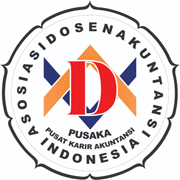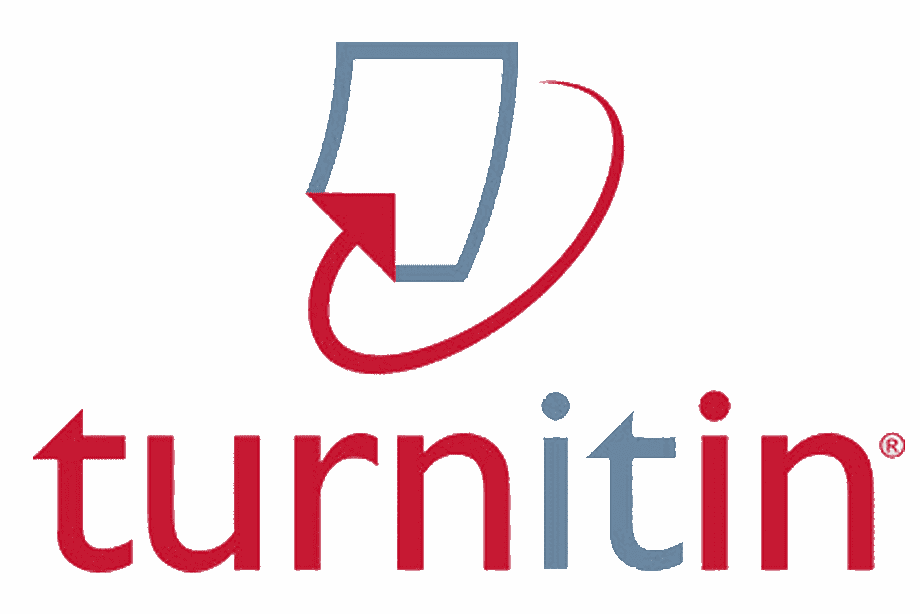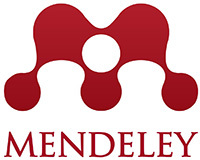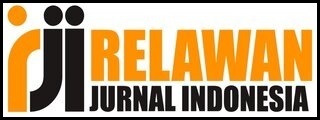CAUSE AND EFFECT ANALYSIS PENYALURAN KREDIT P2P LENDING PADA UMKM DI INDONESIA
Keywords:
P2P Lending, risiko kredit, UMKM, perlindungan investorAbstract
Pertumbuhan ekonomi nasional dipengaruhi oleh berkembangnya Usaha Mikro, Kecil, dan Menengah (UMKM). P2P Lending merupakan salah satu bentuk solusi pembiayaan berbasiskan teknologi bagi UMKM. Tujuan pada penelitian ini adalah menganalisis sebab dan dampak penyaluran kredit P2P lending pada UMKM. Analisis data pada penelitian ini menggunakan content analysis. Selain itu, pada penelitian ini melibatkan diagram “fishbone” untuk mendeskripsikan sebab dan dampak pada penyaluran kredit P2P lending. Hasil pada penelitian ini menunjukkan bahwa faktor-faktor yang menyebabkan lambatnya perkembangan kredit P2P lending pada UMKM di Indonesia adanya adanya risiko gagal bayar tinggi pada kredit P2P lending, masih banyak pelaku usaha yang unbankable, masih kurangnya kepercayaan investor, kurangnya kesiapan regulasi, dan kurangnya sosialisasi terkait lembaga penjaminan kredit. Oleh karena itu, solusi pada permasalahan tersebut adalah pembentukan kelompok peminjam dan adanya sistem simpanan rutin untuk membantu jika ada peserta yang gagal bayar. Selain itu diperlukan koordinasi antar lembaga pemerintahan dalam mempersiapkan regulasi terkait keamanan kegiatan bisnis P2P lending dan kerahasiaan data baik pada investor maupun peminjam.References
Abbasi, K., Alam, A., Du, M. (Anna), & Huynh, T. L. D. (2020). FinTech, SME efficiency and national culture: Evidence from OECD countries. Technological Forecasting and Social Change, 120454. https://doi.org/10.1016/j.techfore.2020.120454
Al Hashfi, R. U., & Zusryn, A. S. (2019). EXPLORING ISLAMIC PEER-TO-PEER LENDING FOR THE UNBANKABLE. Airlangga International Journal of Islamic Economics and Finance, 2(2), 71–84. https://ejournal.unair.ac.id/AIJIEF/article/view/20648
Bank Indonesia. (2010). Hasil Survei Pembentukan Perusahaan Penjaminan Kredit Daerah (PPKD).
Bank Indonesia. (2015). Profil Bisnis UMKM - Bank Sentral Republik Indonesia. Bank Indonesia. https://www.bi.go.id/id/umkm/penelitian/nasional/kajian/Pages/ProfilBisnis-UMKM.aspx
Chauhan, S. (2015). Acceptance of mobile money by poor citizens of India: Integrating trust into the technology acceptance model. Info, 17(3), 58–68. https://doi.org/10.1108/info02-2015-0018
Daily Social dan Asosiasi Fintech Indonesia. (2016). Indonesia’s Fintech Report 2016. https://dailysocial.id/research/indonesias-fintech-report-2016
Demirguc-Kunt, A., Klapper, L., Singer, D., & Van Oudheusden, P. (2015). The Global Findex Database 2014: Measuring Financial Inclusion around the World. https://doi.org/10.1596/1813-9450-7255
Duarte, J., Siegel, S., & Young, L. (2012). Trust and credit: The role of appearance in peerto-peer lending. Review of Financial Studies, 25, 2455–2483. https://doi.org/10.1093/rfs/hhs071
Erlingsson, C., & Brysiewicz, P. (2017). A hands-on guide to doing content analysis. In African Journal of Emergency Medicine (Vol. 7, Issue 3, pp. 93–99). African Federation for Emergency Medicine. https://doi.org/10.1016/j.afjem.2017.08.001
Filotto, U., Caratelli, M., & Fornezza, F. (2020). Shaping the digital transformation of the retail banking industry: Empirical evidence from Italy. European Management Journal. https://doi.org/10.1016/j.emj.2020.08.004
Fungá?ová, Z., & Weill, L. (2014). A view on financial inclusion in Asian countries. BOFIT Policy Brief, 8, 1–22.
Galema, R. (2020). Credit rationing in P2P lending to SMEs: Do lender-borrower relationships matter? Journal of Corporate Finance, 65, 101742. https://doi.org/10.1016/j.jcorpfin.2020.101742
Gao, M., Yen, J., & Liu, M. (2020). Determinants of defaults on P2P lending platforms in China. International Review of Economics & Finance. https://doi.org/10.1016/j.iref.2020.11.012
Gao, Q., & Lin, M. (2015). Lemon or Cherry? The Value of Texts in Debt Crowdfunding. http://www.lendacademy.com/webinar-chinese-p2p-lending
Han, J. T., Chen, Q., Liu, J. G., Luo, X. L., & Fan, W. (2018). The persuasion of borrowers’ voluntary information in peer to peer lending: An empirical study based on elaboration likelihood model. Computers in Human Behavior. https://doi.org/10.1016/j.chb.2017.09.004
Hoffmann, V., Rao, V., Surendra, V., & Datta, U. (2020). Relief from usury: Impact of a self-help group lending program in rural India. Journal of Development Economics, 148, 102567. https://doi.org/10.1016/j.jdeveco.2020.102567
Hossain, D. M. (2013). Social Capital and Microfinance?: The Case of Grameen Bank, Bangladesh. Middle East Journal of Business, 8(4), 13–21. https://doi.org/10.5742/mejb.2013.84311
Huang, J., Sena, V., Li, J., & Ozdemir, S. (2020). Message framing in P2P lending relationships. Journal of Business Research, 122, 761–773. https://doi.org/10.1016/j.jbusres.2020.06.065
Ilie, G., & Ciocoiu, C. N. (2010). APPLICATION OF FISHBONE DIAGRAM TO DETERMINE THE RISK OF AN EVENT WITH MULTIPLE CAUSES. Management Research and Practice, 2(1), 1–20.
Jaswadi, Iqbal, M., & Sumiadji. (2015). SME Governance in Indonesia – A Survey and Insight from Private Companies. Procedia Economics and Finance, 31, 387–398. https://doi.org/10.1016/s2212-5671(15)01214-9
Kane, R., & Kane, R. (2006). How to Use the Fishbone Tool for Root Cause Analysis.
King, B. (2018). BANK 4.0: Banking Everywhere, Never at a Bank. In John Wiley & Sons Ltd. John Wiley & Sons Ltd. https://doi.org/10.1002/9781119506515
Kodongo, O., & Kendi, L. G. (2013). Individual lending versus group lending: An evaluation with Kenya’s microfinance data. Review of Development Finance, 3(2), 99–108. https://doi.org/10.1016/j.rdf.2013.05.001
KONTAN. (2020). AFPI jaring aspirasi anggota terkait pembaruan aturan OJK untuk P2P lending. https://www.msn.com/id-id/berita/other/afpi-jaring-aspirasi-anggota-terkaitpembaruan-aturan-ojk-untuk-p2p-lending/ar-BB1b318B
Lee, S. (2017). Evaluation of Mobile Application in User’s Perspective: Case of P2P Lending Apps in Fintech Industry. KSII Transactions on Internet and Information Systems, 11(2), 1105–1117. https://doi.org/10.3837/tiis.2017.02.027
Madajewicz, M. (2011). Joint liability versus individual liability in credit contracts. Journal of Economic Behavior and Organization, 77, 107–123.
Otoritas Jasa Keuangan. (2016). POJK Nomor 77/POJK.01/2016. https://www.ojk.go.id/id/regulasi/otoritas-jasa-keuangan/peraturan-ojk/Pages/POJKNomor-77-POJK.01-2016.aspx
Stern, C., Makinen, M., & Qian, Z. (2017). FinTechs in China – with a special focus on peer to peer lending. Journal of Chinese Economic and Foreign Trade Studies, 10, 215–228. https://doi.org/10.1108/JCEFTS-06-2017-0015
Suryono, R. R., Purwandari, B., & Budi, I. (2019). Peer to peer (P2P) lending problems and potential solutions: A systematic literature review. Procedia Computer Science, 161, 204–214. https://doi.org/10.1016/j.procs.2019.11.116
Taylor, A. (2017). Millennials and Alternative Lending - Lending Times. https://lendingtimes.com/2017/10/19/millennials-and-alternative-lending
Zhang, Y., Li, H., Hai, M., Li, J., & Li, A. (2017a). Determinants of loan funded successful in online P2P Lending. Procedia Computer Science, 122, 896–901. https://doi.org/10.1016/j.procs.2017.11.452
Zhang, Y., Li, H., Hai, M., Li, J., & Li, A. (2017b). Determinants of loan funded successful in online P2P Lending. Procedia Computer Science, 122, 896–901. https://doi.org/10.1016/j.procs.2017.11.452
Downloads
Published
How to Cite
Issue
Section
License
Copyright (c) 2021 Jurnal Orientasi Bisnis dan Entrepreneurship (JOBS)

This work is licensed under a Creative Commons Attribution-ShareAlike 4.0 International License.

This work is licensed under a CC Attribution-ShareAlike 4.0

 Alyta Shabrina Zusryn
Alyta Shabrina Zusryn
 Fakultas Ekonomi dan Bisnis, Universitas YARSI
Fakultas Ekonomi dan Bisnis, Universitas YARSI











